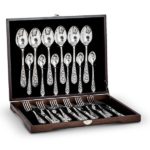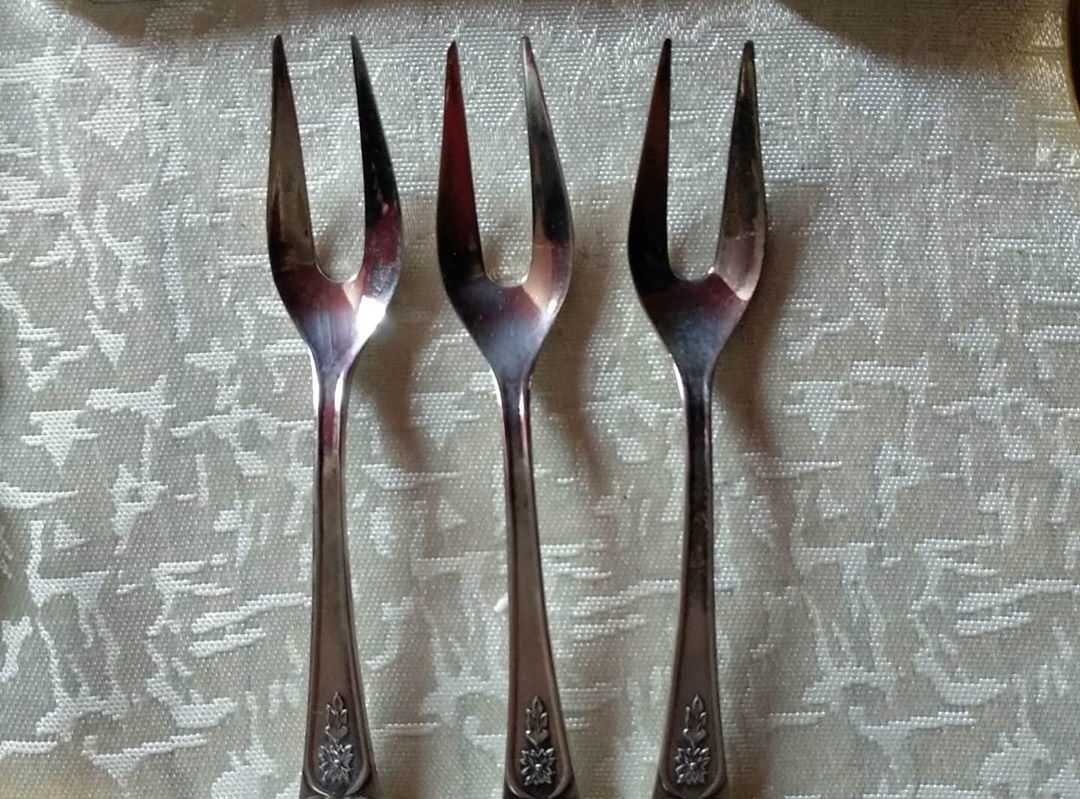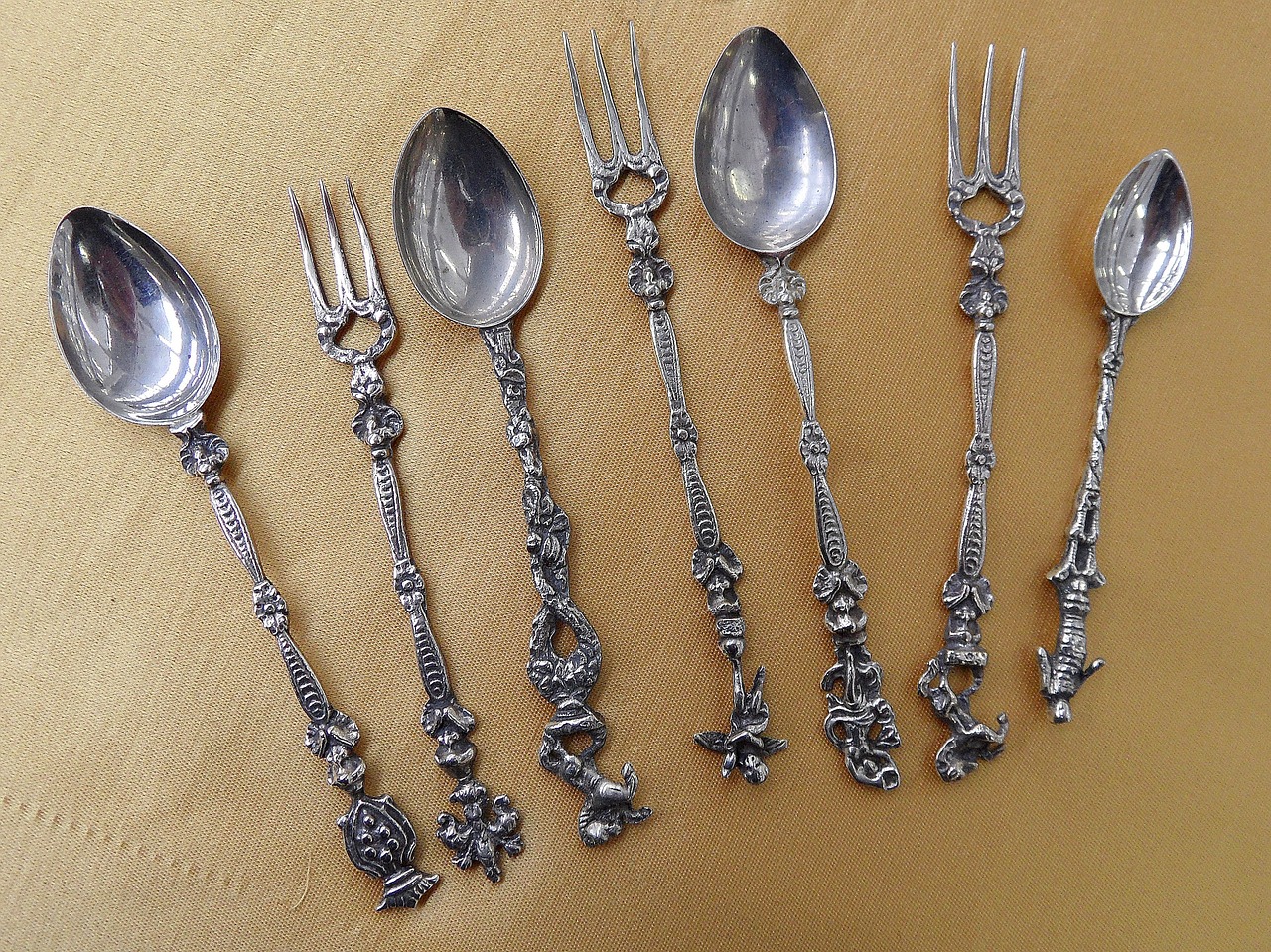How to clean cutlery without chemicals
Even proper care of cutlery cannot completely eliminate the need for periodic cleaning. And all because limescale or particles of fat really like to settle in the relief of the pattern on the handles. And this is not to mention products made from silverware or cupronickel, which are often covered with an unsightly patina. But coping with all these troubles at home is not difficult.
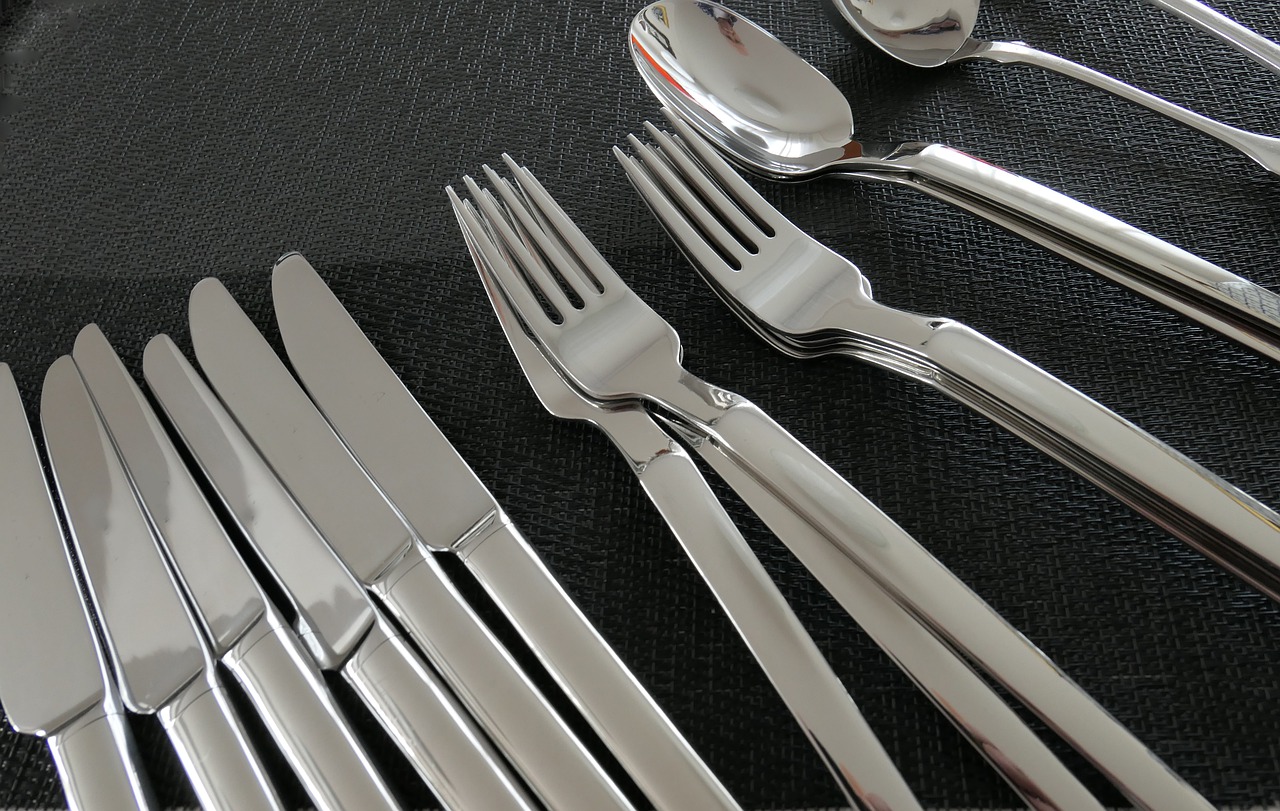
The content of the article
How to clean many cutlery at once
An ordinary saucepan, salt and soda will help you cope with this task without household chemicals.. If it is necessary clean silverware or cupronickel, it is advisable to add to the list a piece of foil that covers the bottom of the pan.
The procedure is extremely simple:
- pour 1.5-2 liters of water into the pan;
- pour in 2 tbsp. l. soda and salt;
- boil;
- put cutlery into the solution;
- keep them on low heat for 15–20 minutes;
- cool, remove from water, rinse and wipe.
To get rid of heavy stains, simply increase the boiling time.
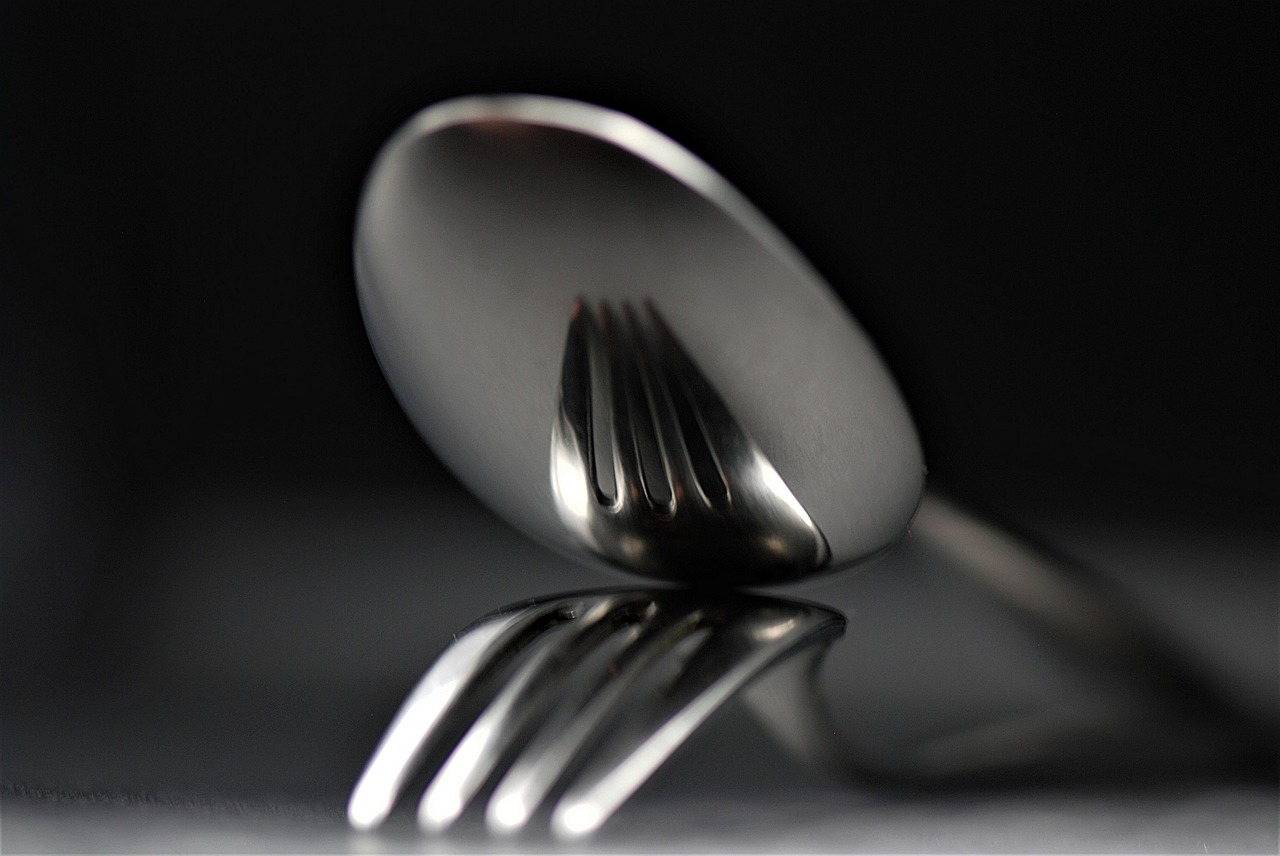
Individual cleaning of cutlery
When you have a small amount of cutlery to clean, toothpowder, toothpaste, or baking soda paste may be suitable for these purposes.. In this case, instead of a cloth or sponge, it is better to use a toothbrush, which will enhance the effectiveness of soft abrasives.
The cleaning process itself is also simple: grab a small amount of cleaning product with a damp brush, clean the dirty area, rinse and wipe dry. If some of the stains do not come off the first time, you can wipe the products treated with soda with table vinegar. Thanks to this method, even the most stubborn particles of fat will easily come away from the metal after such a double blow.
A solution of ammonia (part 10% ammonia to 9 parts water) helps restore the shine to stainless steel, cupronickel and silverware. It is enough to moisten a cotton swab in the resulting mixture and wipe it on the devices that have previously been cleaned of difficult contaminants.
If the only problem is just limescale, then you can easily get rid of it with regular 9% vinegar.. Apply a small amount to a cotton swab and wipe the problem areas with it. After the plaque has dissolved (usually 1-2 minutes of exposure to vinegar is enough), the cutlery should be thoroughly rinsed and wiped dry.


